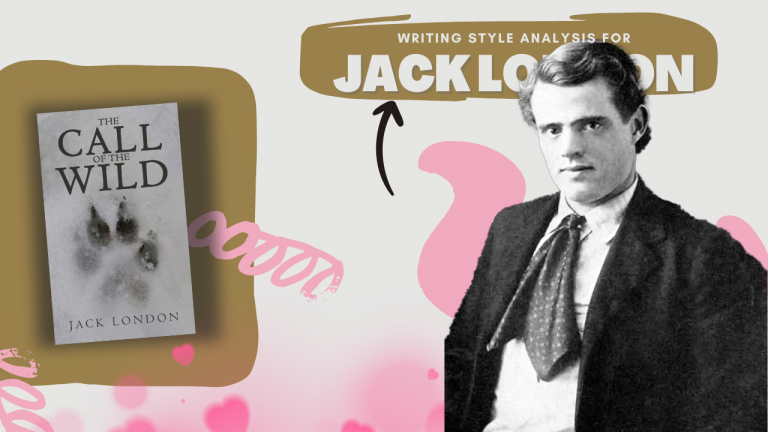Have you ever read a book and thought, “I’d love to write like Dean Koontz”? It’s possible to emulate your favorite authors if you can uncover and learn their unique storytelling style. Every writer has a distinctive voice and approach to storytelling. By leveraging advanced AI, we can analyze these stylistic choices and emulate them.
To help you on your writing journey, I’ve decided to take a deep dive into the works of beloved storytellers and, with the help of AI, provide a detailed analysis of their writing styles. Join me as we unravel the secrets behind their storytelling magic!
Dean Koontz’s writing is characterized by rich, atmospheric descriptions, well-rounded characters, engaging dialogue, and a blend of mystery and supernatural elements. These features are woven together to create a compelling narrative that keeps readers engaged and adds layers of meaning to the story.
Atmospheric Descriptions: Koontz uses vivid and detailed descriptions to set the scene and mood. The passage starts with an introduction to a mysterious, heavy crate, immediately setting a tone of unease and curiosity. His descriptions of the environment, such as the humid afternoon and the colorful flurry of parrots, enhance the atmospheric tension, pulling readers deeper into the setting.
Character Depth: Koontz provides a deep dive into his characters’ personalities and backgrounds with just a few sentences. He introduces Dooley and Rosco not just as freight handlers but enriches their portrayal with personal histories and unique perspectives, such as Dooley’s distrust of liars due to his family background and Rosco’s vivid imagination. This technique makes characters relatable and multidimensional, allowing readers to connect with them quickly.
Dialogue and Interaction: The dialogue in Koontz’s writing serves multiple purposes— it reveals character traits, builds relationships, and advances the plot. The interactions between characters are laced with hints of humor and irony, such as Rosco’s mispronunciation of “accessories” and their banter about the contents of the crate. This not only adds levity but also deepens character development through their responses and discussions.
Mystery and Suspense: Koontz masterfully weaves elements of mystery and suspense throughout the narrative. The mysterious nature of the crate, referred to as “the Beast,” and the colonel’s cryptic comments contribute to a growing sense of suspense. Koontz’s style often involves presenting ordinary characters who encounter extraordinary situations, enhancing the suspense as the story unfolds.
Supernatural Elements: Subtle supernatural or fantastical elements are introduced, which is a hallmark of Koontz’s style. The dream sequence featuring the colonel with birds and the surreal atmosphere adds a layer of depth to the narrative, suggesting that not all is as it seems and setting the stage for further supernatural occurrences.
Theme Exploration: Koontz explores themes of human nature, deceit, and the supernatural through the interactions and inner thoughts of his characters. By using the crate as a central metaphor, he delves into the unknown and the human reaction to it, exploring themes of fear, curiosity, and morality.
Intuitive Perceptions: The narrative often delves into the intuitive and almost psychic perceptions of the characters, such as Dooley’s feelings about the colonel’s honesty despite the mysterious circumstances. This not only builds the characters’ depth but also adds to the mystical quality of the story.
Do you want to write like Dean Koontz?
As we conclude this exploration of Dean Koontz’s unique writing style, it’s clear that each writer’s voice is not just a mere echo of words but a powerful tool that shapes our understanding and enjoyment of their stories.
You can click here to view the writing style analysis of other great authors. By dissecting the elements that make each author’s style distinctive, we gain valuable insights into the craft of writing that can inspire and inform our own creative efforts. With the assistance of advanced AI, we’ve peeled back the layers of narrative techniques, thematic depth, and character development that define these literary giants.
This journey has not only highlighted the diversity of literary styles but has also shown how these styles resonate with readers across different genres and eras. Whether you’re an aspiring writer seeking to hone your craft or a literary enthusiast eager to understand the nuances of your favorite authors, this series has offered a roadmap to the richness of narrative expression.
The power of storytelling is universal, transcending time and geography. By learning from the masters, we can all aspire to reach new heights in our writing endeavors. Let’s carry forward the lessons learned, and the inspiration gained as we continue to explore and expand our own narrative voices.






